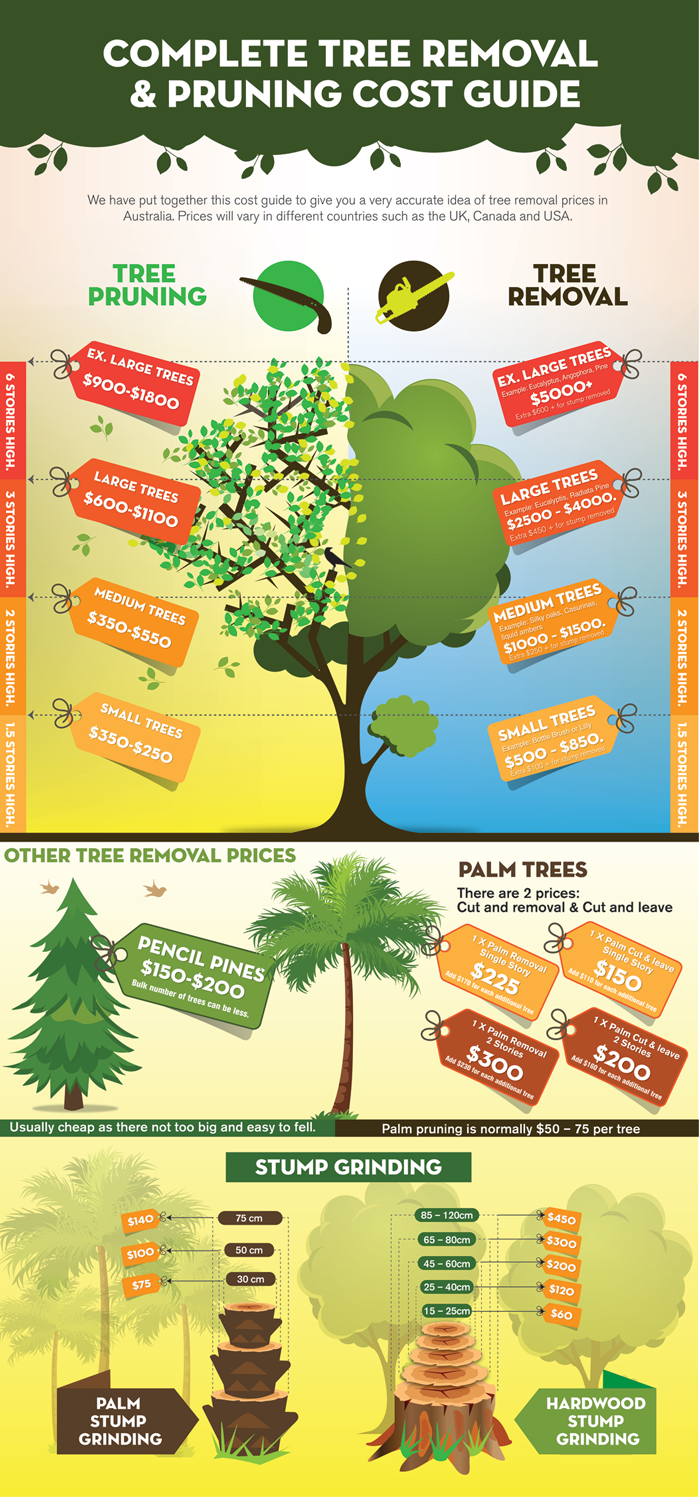Identify Vital Signals That May Recommend Your Tree Is Harmful; Recognizing These Can Help Ensure The Safety Of Your Home And Loved Ones.What Should You Observe Next?
Identify Vital Signals That May Recommend Your Tree Is Harmful; Recognizing These Can Help Ensure The Safety Of Your Home And Loved Ones.What Should You Observe Next?
Blog Article
Written By- https://www.live5news.com/2020/01/18/dominion-energy-suspends-plan-cut-trees-sullivans-island/
When it involves tree treatment, identifying the signs that it's time for elimination is necessary for your safety and security and building. You could see tarnished fallen leaves, wilting branches, or odd fungal developments suggesting illness. Structural issues, like a substantial lean or cracks in the trunk, can additionally pose dangers. Comprehending these warning signs can aid you make notified choices about your trees and stop prospective hazards lurking in your yard. What should you seek following?
Signs of Decay and Disease
When you notice signs of decay and illness in your trees, it's essential to act promptly. Search for blemished fallen leaves, wilting branches, or uncommon growths like fungi. These can indicate that your tree is struggling.
If you see splits in the bark or soft, mushy timber, these symptoms recommend inner degeneration. Additionally, an unexpected increase in bugs around your tree can signal that it's compromised and at risk.
Check for any type of dead or passing away limbs, as they present a risk to your residential property and safety and security. If you're uncertain concerning what you see, getting in touch with an arborist can offer clearness.
Addressing these indications early can conserve you from more extensive damages and make certain the health of your backyard. Don't wait until it's far too late.
Structural Instability and Leaning
As you observe your trees, watch out for any indicators of architectural instability or leaning. If a tree leans considerably, it may suggest that the root system is endangered.
Seek any splits in the trunk or soil around the base; these can signify potential failing. Additionally, look for unusual growth patterns, like an uneven crown, which may suggest that the tree is having a hard time to hold itself upright.
If you observe that the tree leans toward your home, high-voltage line, or various other frameworks, it poses a greater threat. Don't disregard these indications-- speak with an arborist to examine the scenario.
Acting early can avoid pricey damage and guarantee your security.
Dead or Dying Branches and Vegetation
If you notice dead or passing away branches and vegetation on your tree, it's a clear sign that something's incorrect.
These harmful areas can show underlying problems like condition, parasite infestations, or ecological tension. When branches shed their leaves or transform brown, they're no more adding to the tree's wellness. Ignoring https://kameronatldw.bloggosite.com/42308314/recognizing-the-requirement-of-tree-stump-removal-for-your-property-and-the-proper-techniques-to-execute-it-efficiently could bring about more decrease, making your tree a lot more harmful.
Dead branches can conveniently break short during tornados, presenting a danger to property and people close by. It's crucial to analyze the level of the damage.
If the problem influences a substantial part of the tree, think about consulting a professional. They can help determine if removal is required to make sure safety and preserve the elegance of your landscape.
Verdict
If you see any type of signs of degeneration, architectural instability, or dead branches on your trees, do not ignore them. These indications can position major safety risks to you and your building. It's always best to consult an expert arborist that can give an expert assessment of your trees. Taking action early can protect against mishaps and expensive damage, guaranteeing your landscape remains risk-free and healthy. Remember, it's better to be proactive about tree treatment than to wait for a disaster to occur.
